This list compiles various top-tier historical sites to visit in Puerto Rico. These destinations have been recommended by travel experts and enthusiasts who have personally visited Puerto Rico and wish to guide you on where to go.
Thousands of tourists flock to Puerto Rico to visit the many historical attractions every year. All the destinations listed here are presented according to how many votes they received from the travel communities.
Several historical landmarks such as forts, lighthouses, monuments, buildings, and others can be visited if you want to learn more about Puerto Rico’s past, with the information provided alongside each location in the description box below.
10. Parque Ceremonial Indigena de Caguana
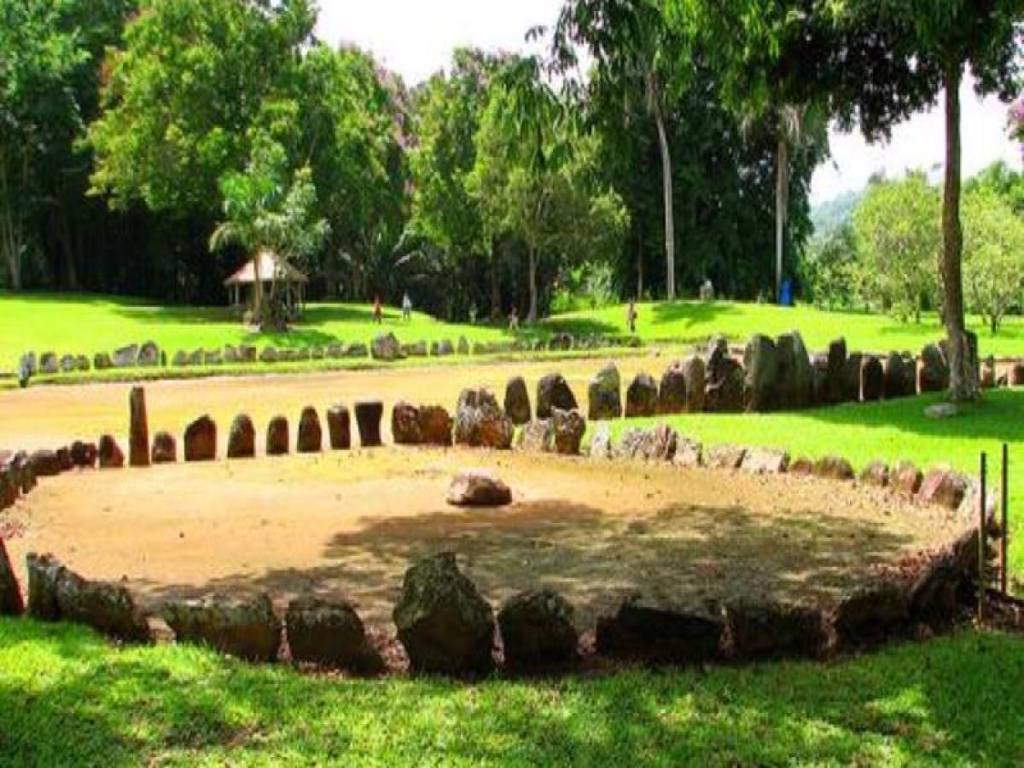
The Caguana Indigenous Ceremonial Site is the most significant Caribbean Taino archaeological site that offers visitors a unique insight into the indigenous culture that lived in the region before Spanish colonization. The caguana site is situated in Puerto Rico’s mountains town of Utuado, located towards the eastern end of the Tanama River.
Since 1955, the park has been administered and protected through the Instituto de Cultura Puertorriquena. Visitors to the park are permitted to explore the vast site, including more than 10 “bateys,” stone monoliths and numerous Petroglyphs.
The visit cost is just $3.00 and includes entry into the museum’s tiny room. There’s plenty of parking available on site.
Parque Ceremonial Indigena de Caguana Contact Details
Address: Carr.111 Km. 48.6, Bo Utuado, 00641, Puerto Rico
Phone: +17878947325
Website: http://www.conoceapuertorico.com/parque-ceremonial-caguana/
09. Centro Ceremonial Indigena de Tibes
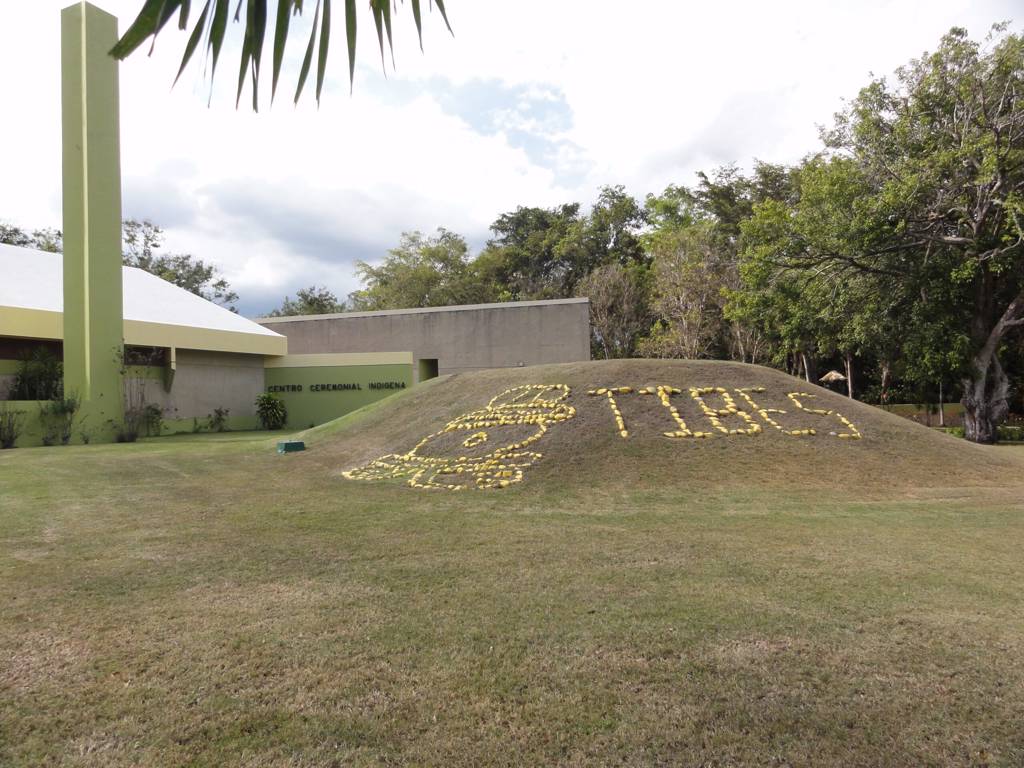
The Centro Ceremonial Indigena, located in Tibes Ward, close to Ponce town Ponce, is among the most significant and most essential ceremonies in Puerto Rico. Radiocarbon dating and archeological investigations suggest that the central time of occupation was 400 to 1000 AD.
The site is comprised of plazas and courts lined with stone that is shaded by native trees. The first inhabitants of the area are believed to be Tainos.
Admission is $3 for adults, with a discount for children under 12—seniors, disabled and students (with identification). Adults over 75 and children younger than five years old are free. Only cash is accepted.
Centro Ceremonial Indigena de Tibes Contact Details
Address: PR-503, Ponce, 00730, Puerto Rico
Phone: +17878405685
08. Castillo San Felipe del Morro
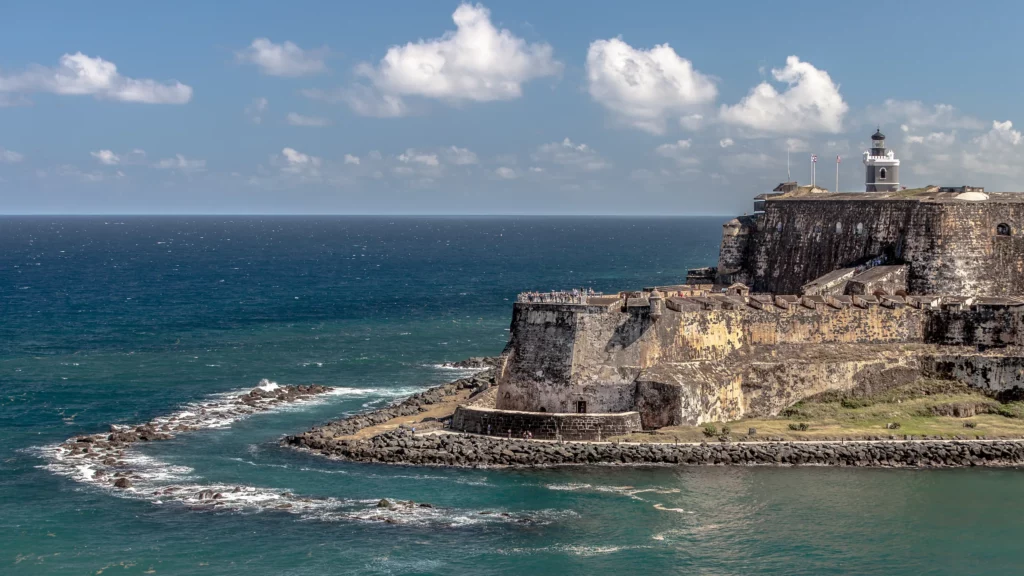
Few places in Puerto Rico’s history are more emblematic of the island’s history in the Caribbean, the Americas, and Castillo San Felipe del Morro. The fortification located on the island’s corner of Old San Juan now greets cruise ships as they navigate into and out. For most of its 500 years of history, it served as an essential outpost of the military for Spain and, later, the United States.
As you pass through the narrow gate and look at the flags flying in the chilly Atlantic breeze, It’s easy to feel transported back to a different time in history. Imagine soldiers wearing old uniforms walking through the sand dunes of the wall, where cannons are snugly inserted inside the embrasures.
Learn more about El Morro and the island’s past, as well as the reasons for the strategic location of Puerto Rico in the Caribbean which is meant as an essential port for those seeking to expand their reach into the New World, and how the United States used the fort throughout each of the World Wars.
Castillo San Felipe del Morro Contact Details
Address: 501 Bulevar del Valle, San Juan, 00901, Puerto Rico
Phone: +17877296960
07. La Fortaleza
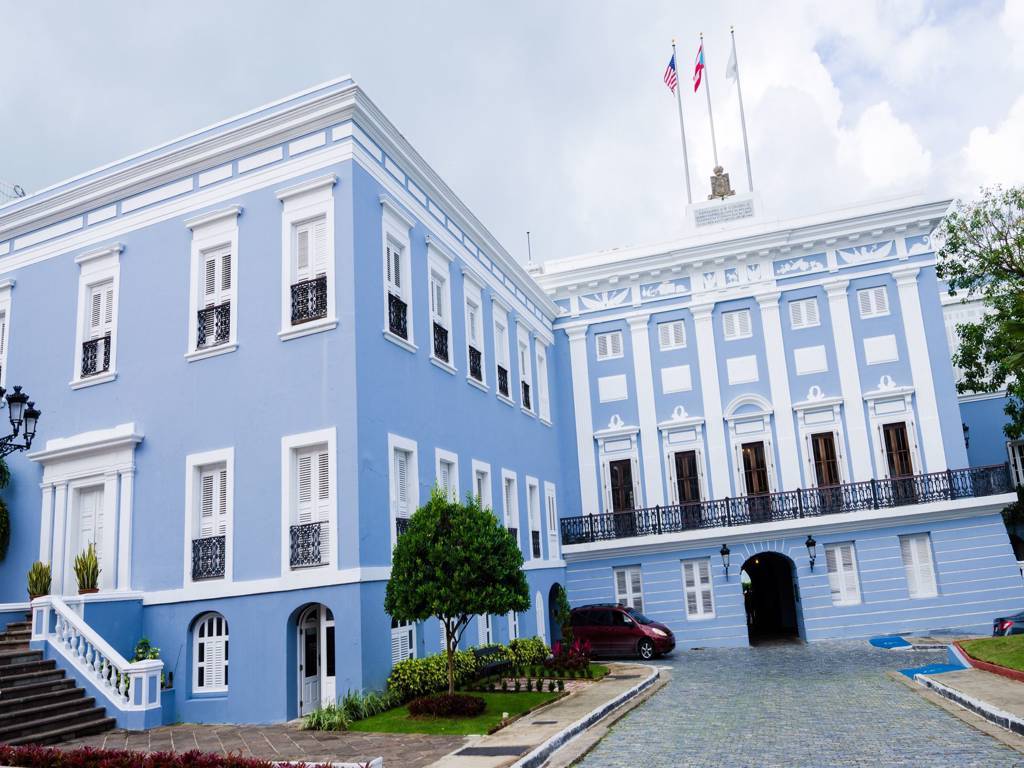
La Fortaleza means “The Fortress”. It was definitely intended to be so when it was built in 1540 as part of the massive effort to strengthen its defences. The construction didn’t go as planned, but the Earl of Cumberland subsequently occupied it in 1598 and the Dutch Commandant Boudewyn Hendrick in 1625.
In 1846, the building was renovated and converted to permanent use as the governor’s residence. The structure, also called El Palacio de Santa Catalina (Santa Catalina Palace), has been home to more than 170 governors from Puerto Rico.
Visitors aren’t allowed to wander around the governor’s mansion without permission. Walking tours with guides are available Monday through Friday between 8:15 and 3:30 p.m. The tour lasts for 30 minutes, covers the beautiful gardens, and enters the mansion if the government isn’t in session. Wear appropriate attire. A photo I.D. is required for anyone aged 21 or more.
La Fortaleza is a functioning government building and is open to closure without notice. It is recommended to contact ahead to find out the schedule for the next day.
La Fortaleza Contact Details
Address: 63 C. de la Fortaleza, San Juan, 00901, Puerto Rico
Phone: +17877217000
Website: http://www.fortaleza.gobierno.pr/
06. Fuerte San Cristobal
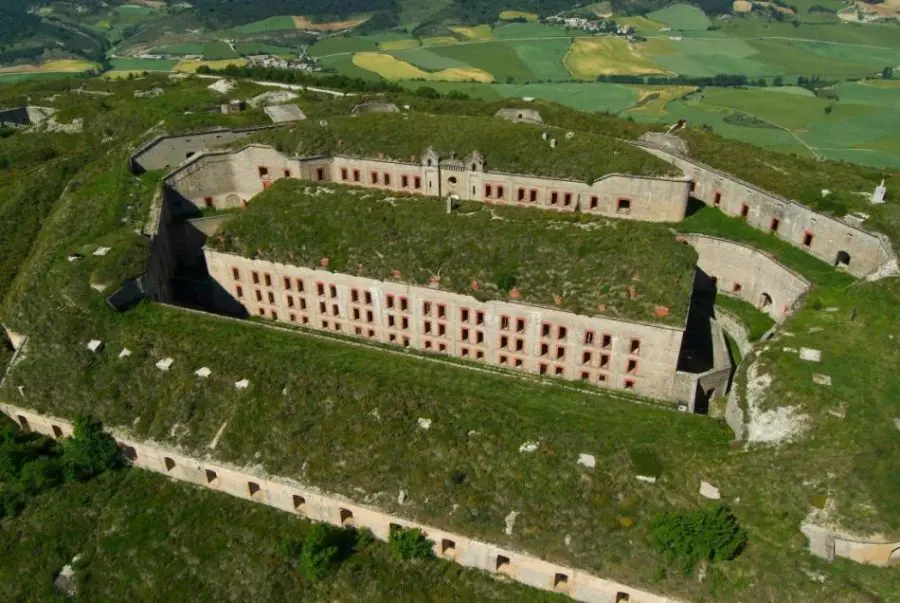
El Fuerte San Cristobal is located in the city of Thanks department of Lempira and is situated on a small ridge in the town. It was at one time the heart of Gracias a Dios, which was once the capital of New Spain and headquartered in Real Audiencia de Los Confines in 1544.
Gracias was a strategically important city inside Honduras’ Province of Honduras in the Colonial era, and later during the pro-independence time and finally during the Central American federal transition.The first fort of Spanish origin was constructed in the 17th century located on the mountain “San Cristobal” and from two cannons bearing the symbol of Carlos IV of Spain are still in use.
The fort was rebuilt on order from Juan Lindo, fearing an invasion by Guatemala. However, it wasn’t until 1863 that construction of the present fort was begun and was completed between 1875-1876 under the leadership and command of General Jose Maria Medina. The purpose of the fort was to defend the city from the position of being attacked by the enemy armies.
From its walls, which were painted white, there are guns and cannons to protect the outer perimeter. Several turrets were used for monitoring, as well as the of the headquarters, including the command centre hospital, etc.
Fuerte San Cristobal Contact Details
Address: 501 Bulevar del Valle, San Juan, 00901, Puerto Rico
Phone: +17874494049
Website: https://www.nps.gov/saju/learn/historyculture/san-cristobal.htm
05. Cuartel de Ballaja
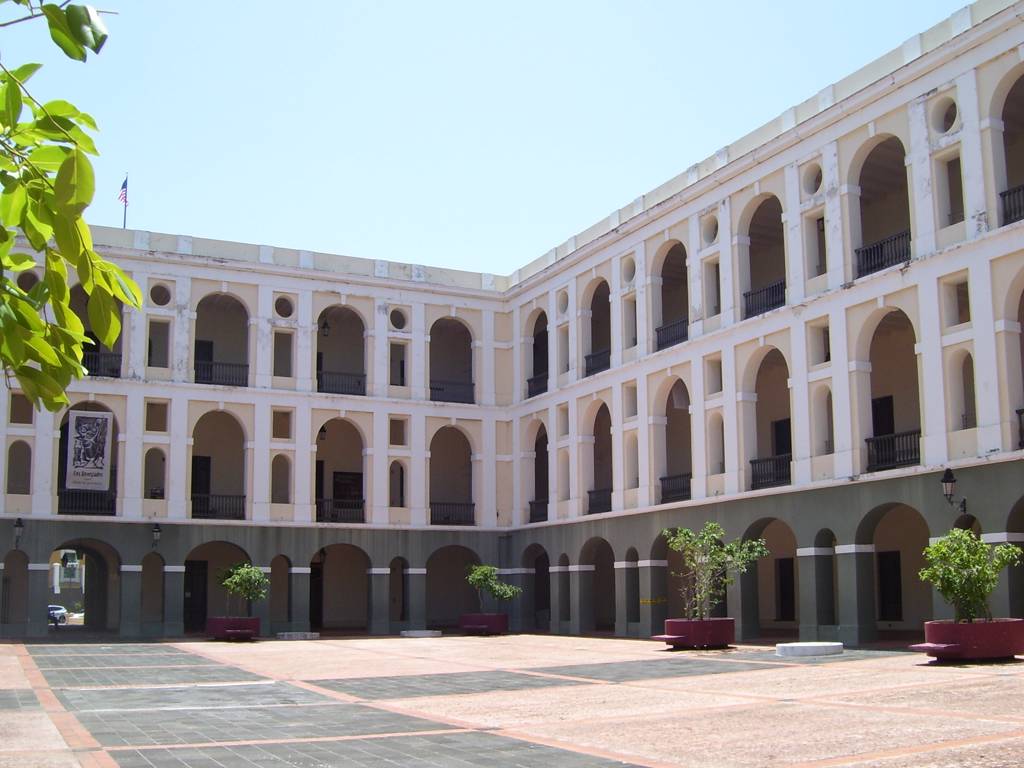
In the front to Castillo San Felipe del Morro located in front of Castillo San Felipe del Morro, the Cuartel de Ballaja was constructed from 1854 until 1864 to accommodate all the Spanish as well Puerto Rican regiments in Old San Juan. After the attack of 1898, the U.S. Army and the U.S. soldiers occupied this Cuartel de Ballaja until 1936.
In the Second World War, this building was converted into a hospital, and in 1976, the Puerto Rican government bought the building. The beautiful building eventually was abandoned, and it began to decay rapidly.
In 1992, in celebrations of the fifth Centenary of exchanges between Europeans and indigenous Americas, Ricardo Alegria — a well-known Puerto Rican archaeologist– suggested that the Cuartel de Ballaja create an exhibit explicitly devoted to Americas. Today, the Cuartel de Ballaja is perfectly functional and has the schools of dance and a music academy and the Museo de las Americas, the Puerto Rico Academy of the Spanish Language and the State Office of Historic Conservation.
Cuartel de Ballaja Contact Details
Address: Cuartel de, San Juan, 00901, Puerto Rico
Phone: +17877213737
Website: http://www.ballaja.com/
04. El Yunque Natural Rainforest
This natural gem is a beautiful destination you’re looking to immerse yourself in the beauty of nature. You can go on an excursion on one of the many trails, take a dip in the natural pools under waterfalls, or relax and take in the view.
El Yunque is the only tropical rainforest within the U.S. National Forest Service. The name of the forest refers to Yuke, which was the native Taino people considered to be “white lands.”
With an average of 120 inches, El Yunque has a highly diverse ecosystem home to hundreds of distinctive animals and plants, including the famous island coqui frog.
Take a trip to rejuvenate your soul to an idyllic forest park.
El Yunque Natural Rainforest Contact Details
Address: Puerto Rico
Phone: +17878881880
Website: http://www.fs.usda.gov/elyunque
3. Camuy Caves
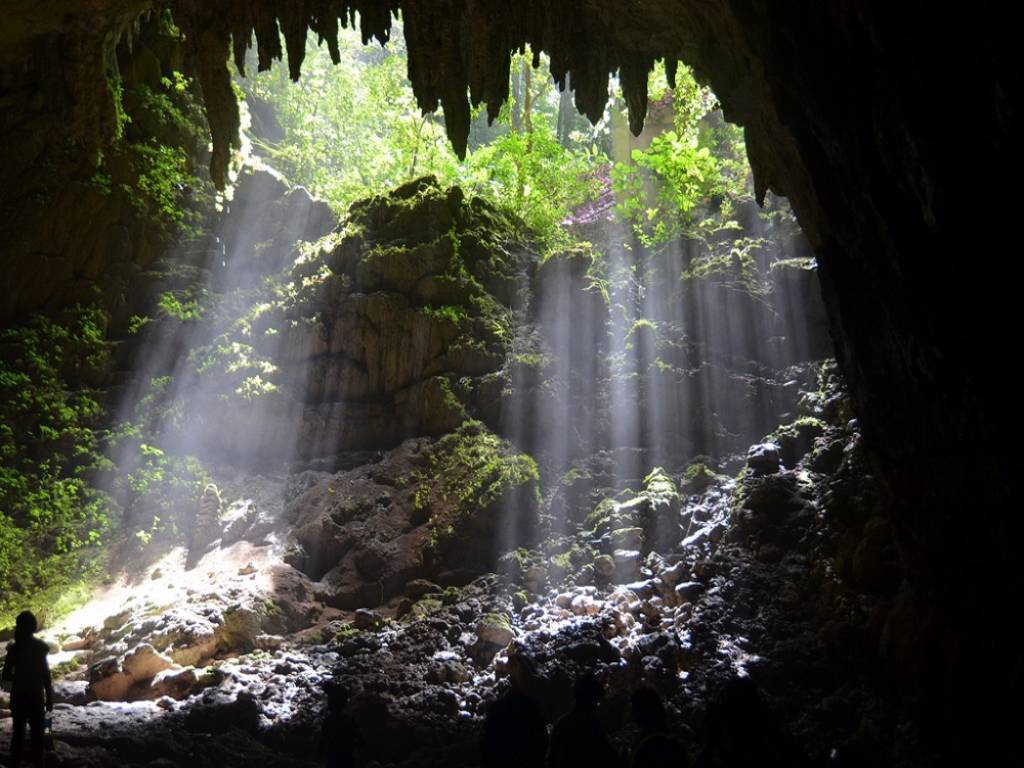
It is located in the Rio Camuy Cave Park is located in Puerto Rico’s northern region. It encompasses three towns: Camuy, Hatillo, and Lares. The main entrance of this park is within the Quebrada region in Camuy. The park is open every Wednesday and Sunday from 8:30 a.m. until 3:00 p.m. (AST).
The caverns form part of a vast network of limestone caves in natural limestone and underground waterways cut from the Rio Camuy, the third-largest underground river in the world. The caves were first discovered in 1958, and archaeological evidence indicates it was explored for hundreds of years prior by the island’s indigenous inhabitants.
Over 10 miles of caves 2, 20 caves, and 17 ways to enter Camuy caves Camuy Cave system are identified. This is, however, only part of the system that many experts believe has more than 800 caves, and the caves are only a tiny portion of them accessible to the general public.
Camuy Caves Contact Details
Address: Carr. 129 K. 18.9, Quebrada, 00669, Puerto Rico
Phone: +17878983136
Website: https://islandsofpuertorico.com/parques-de-las-cavernas-del-rio-camuy/
02. Observatorio de Arecibo
The Arecibo Observatory is sometimes referred to as the name of Arecibo Observatory, also known as National Astronomy and Ionosphere Center (NAIC) and previously named Arecibo Observatory. It is an observatory located in Barrio Esperanza, Arecibo, Puerto Rico, owned by the U.S. National Science Foundation (NSF).
The main instrument of the observatory consisted of the Arecibo Telescope, which was 305 meters (1,000 feet) reflecting a spherical dish. This was built into a natural sinkhole equipped with a steerable cable mount receiver and numerous radar transmitters that emit signals that were positioned 150 meters (492 feet) in the air of the dish. It was completed in 1963 and was the world’s biggest single-aperture telescope for 53 years. It was eclipsed on July 16, 2016, by the Five-hundred-meter Aperture Spherical Telescope (FAST) located in China.
Due to two cables that were supporting the receiver platform during the previous months, the NSF announced on November 19, 2020, that it was dismantling the telescope due to security issues. On December 1, 2020, the main telescope fell apart before controlled destruction was able to take place. NASA conducted an extensive investigation and published the results in the Reference “Arecibo Observatory Auxiliary M4N Socket Termination Failure Investigation”.
The observatory also houses smaller radio telescopes, a LIDAR facility, and a visitor centre.
Observatorio de Arecibo Contact Details
Address: PR-625, Arecibo, 00612, Puerto Rico
Phone: +17878782612
01. Cabo Rojo Lighthouse
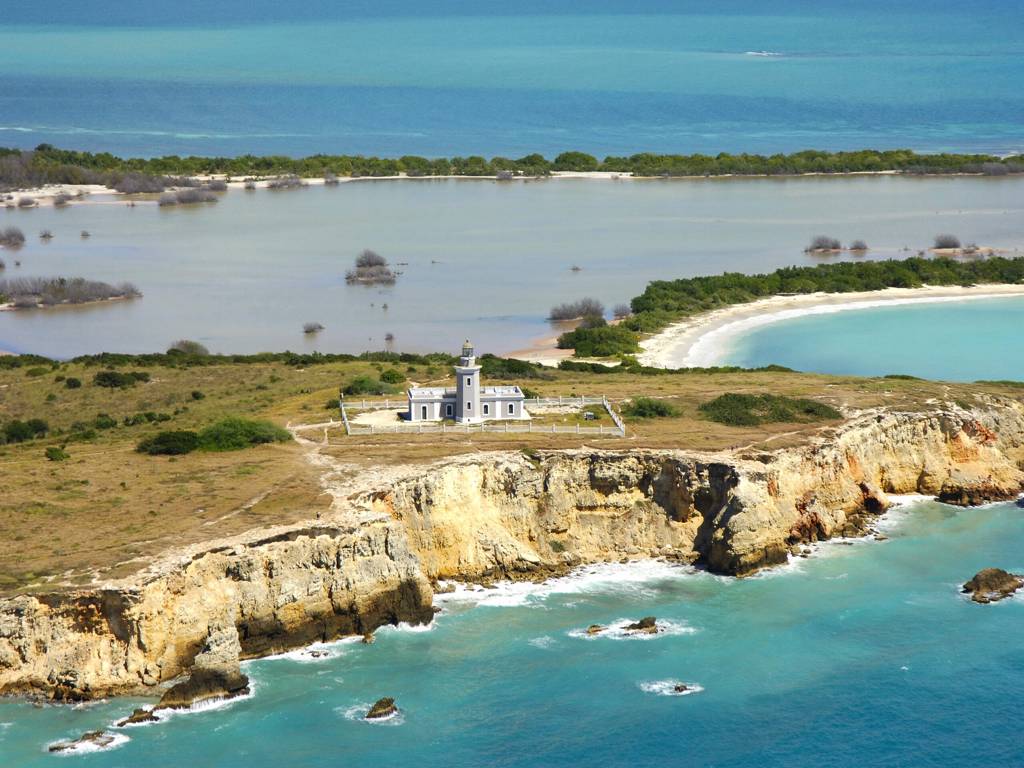
It is located on a secluded point with white limestone cliffs, surrounded by marshes and lagoons. Cabo Rojo’s lighthouse was constructed in 1882; it marks the entrance to the southeast to the Caribbean Sea through the Mona Passage to the Atlantic Ocean. Cabo Rojo’s lighthouse features essential decorative elements like a cornice with no detail replicated within the tower.
While it was initially home to two keepers and an engineer, the lighthouse was without a staff after a renovation in 1967 and automation. The original cast-iron, copper and glass lanterns still house the original light-illuminating apparatus, a lenticular lens made by the French company Sautter, Lemonnier and Company.
Faro Los Morillos de Cabo Rojo is situated on the southeastern tip of Cabo Rojo on the Morrillos Peninsula in southwest Puerto Rico. Cabo Rojo National Wildlife Refuge is accessible from Cabo Rojo National Wildlife Refuge accessible between 7:00 a.m. and 4:00 p.m. Monday-Friday.
Cabo Rojo Lighthouse Contact Details
Address: PR-301, Boqueron, Cabo Rojo 00622, Puerto Rico


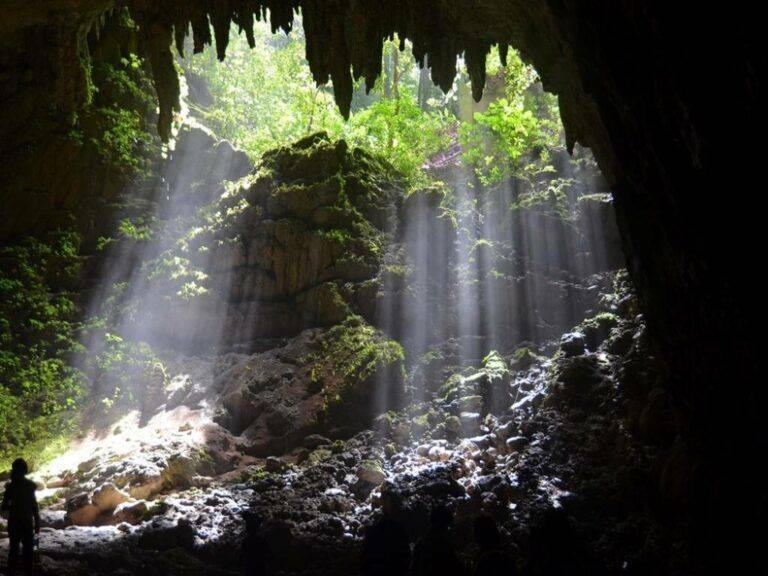
4 Comments
Pingback: Top 10 Jet Skies Rentals In Puerto Rico - Knowing Puerto Rico
Pingback: Top 10 Coffee Haciendas In Puerto Rico - Knowing Puerto Rico
Pingback: Map Of Puerto Rico - Knowing Puerto Rico
Pingback: Flights From Chicago to Puerto Rico